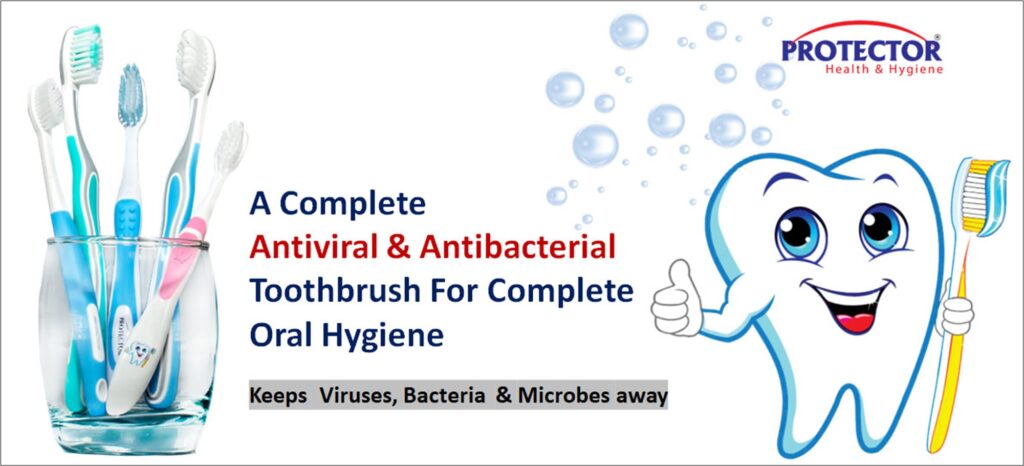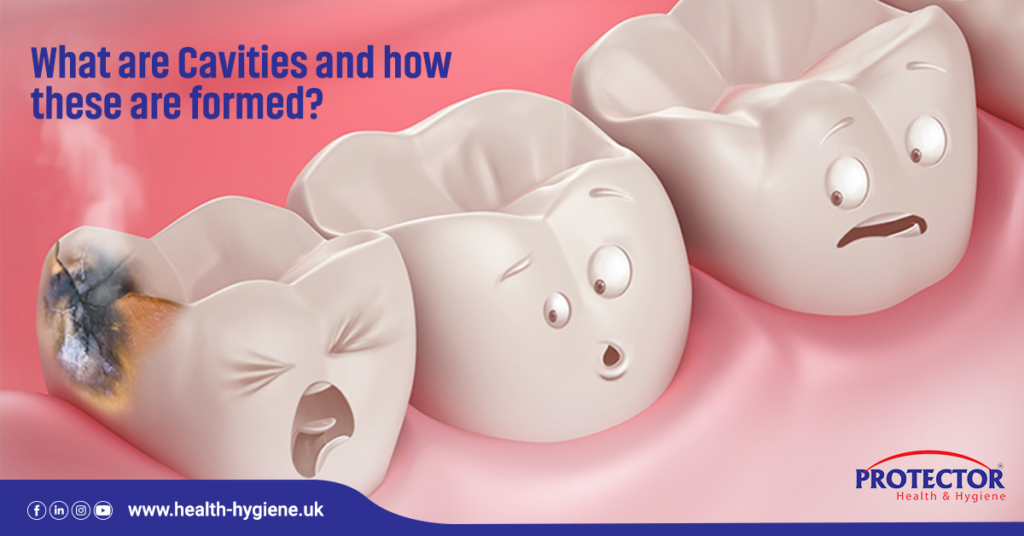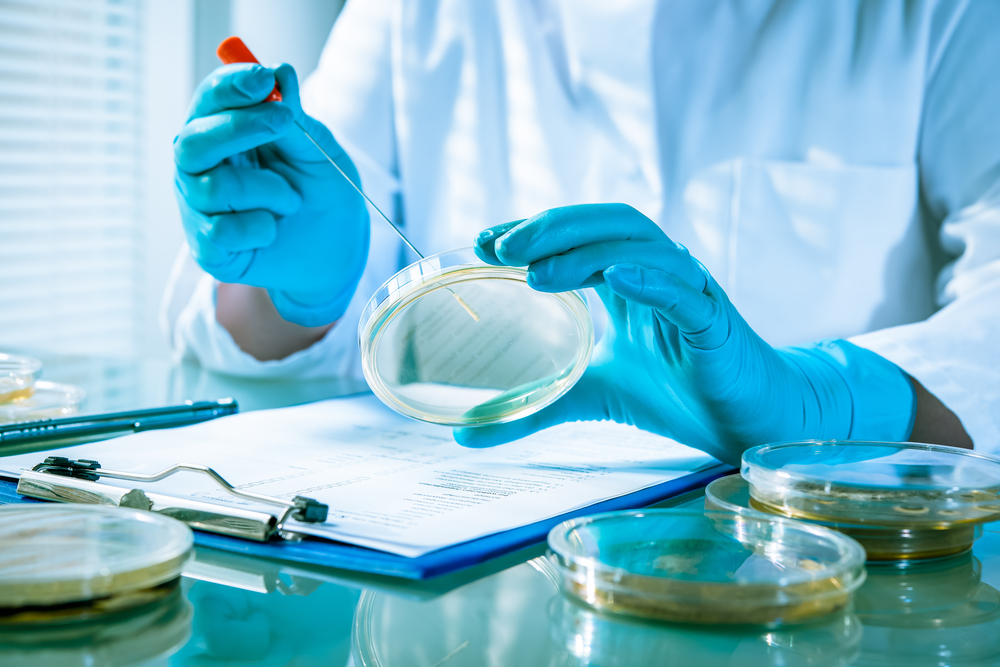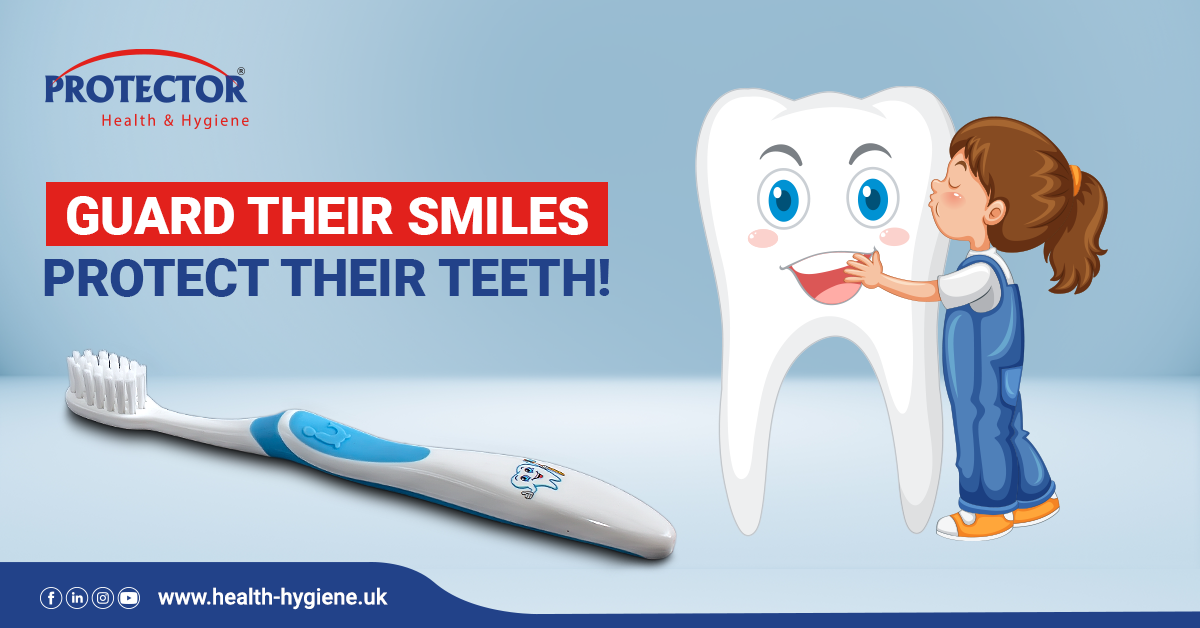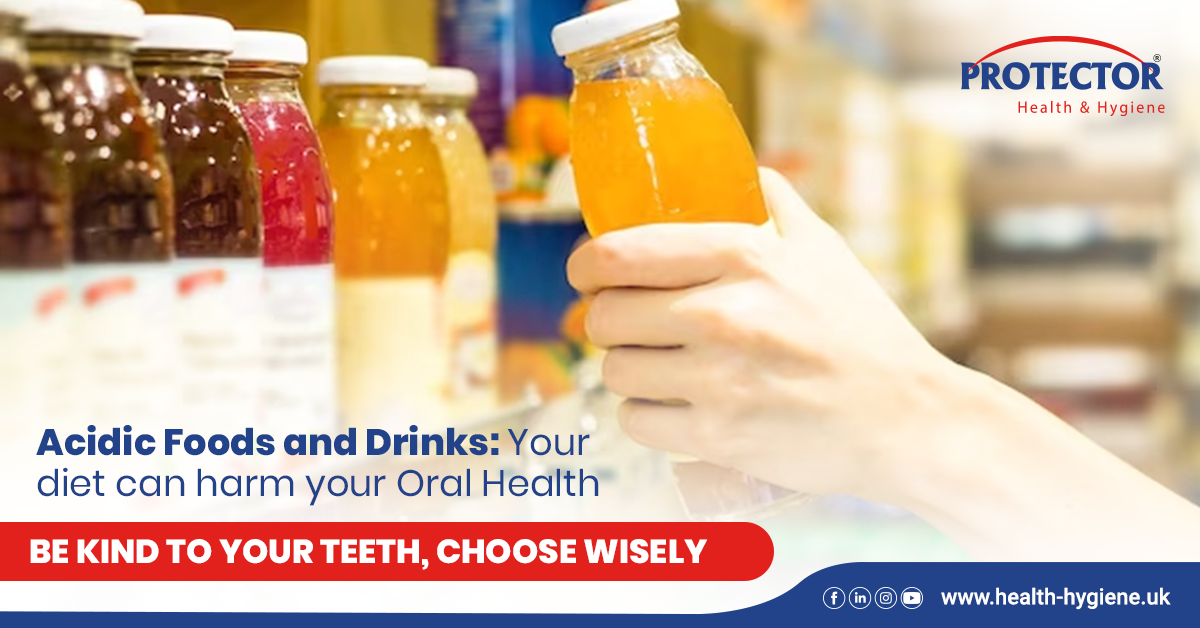Cavities are damaged areas in your teeth that may develop tiny holes or openings.
Cavities, also known as caries, are formed when tooth enamel is damaged. Cavities are the result of various factors such as sugary foods, carbonated drinks, not brushing regularly, bacteria in the mouth, or food residues that are not effectively cleaned. It is a myth that sugar-rich foods and drinks are the only cause of cavities, but there are a lot of other elements at play. Every time you eat, bacteria in the oral cavity process food and release acid. And if you`re not brushing effectively these bacteria stick to your teeth and make a film usually known as plaque. Plaque retains sugars, bacteria, and acids in your mouth and is one of the major factors that you may get a cavity.
Cavities are the most comment oral problem around the world. All people are equally susceptible to getting cavities. These are, however, much more prevalent in younger and older age groups.

Early signs of cavities
Following are some early signs that warn you about cavities:
- At first, small brown or white spots on the front teeth appear
- Bad breath
- Bad taste in the mouth
- Toothache
- Swollen face
- Sensitivity to hot or cold food/drinks
- Redness in mouth
- Bleeding gums
- Difficulty in chewing

If not treated on time cavities may cause tooth decay and affect the other teeth as well.
Stages of cavities
Cavities do not develop overnight. They take time and develop slowly. Consideration of early cavity symptoms is necessary so that prompt treatment may be initiated, and tooth decay can be prevented. Following are the stages of cavities development:
Damaging enamel: The sticky plaque holds the bacteria that feeds sugars from food and drinks. Bacteria in plaque releases acid and plaque holds it and help in getting your enamel exposed to these acids. These acids slowly damage the enamel and result in white or brown spots. This stage is also known as demineralization. This stage is usually not painful.

Damage of dentin: if not diagnosed and treated at the first stage cavities formation enters to the second stage. In this stage bacteria and acids affect the dentin. Dentin is the next layer to enamel made up of microscopic tubules. Once enamel is damaged, dentin lets hot and cold foods/drinks stimulate nerves inside. This condition is also known as tooth sensitivity and causes temporary or permanent pain.

Involvement of pulp: If cavity formation continues to progress without intervention, it will lead to the inner material of the tooth known as pulp. Pulp is soft tissue consisting of nerves, blood vessels, and tissues. When cavity formation reaches the pulp tooth starts to decay faster causing inflammation.
Abscess: Abscess occurs when the pulp got infected and continues damage inside the pulp. This stage may cause severe pain, infection, toothache, fever, and swelling of the face and mouth. This stage is very temperature sensitive and causes severe pain while eating or drinking.
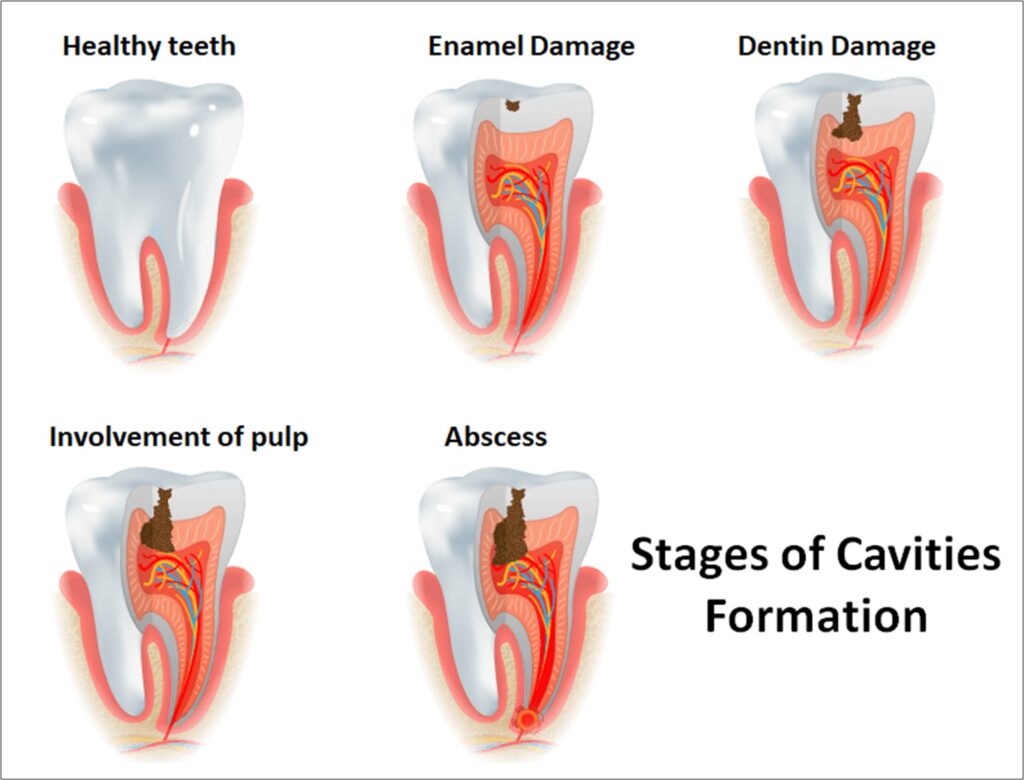
How to treat cavities?
After diagnosis, your dentist knows how what the most suitable treatment is. Some common treatments are as follows:
- Filling: For minor cavities, the filling is mostly done to avoid further decay
- Crown: It is done for larger cavities
- Root canal: Root canal is done when a cavity has reached the pulp
- Removal: if treatment of damaged teeth is not possible extraction is done to protect healthy teeth
How to prevent cavities?
Cavity prevention starts at home. First and most important step is to practice Good Oral Hygiene Practices.
- Brush at least twice a day
- Rinse your mouth thoroughly every time you eat/drink
- Choose your toothbrush and toothpaste wisely
- Use soft bristles toothbrush
- Floss daily
- Eat healthy
- Intake plenty of water. Water helps to reduce acids
- Use a fluoride mouthwash
- Visit your dentist regularly
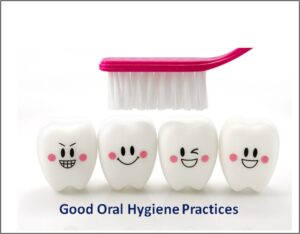
As Good Oral Hygiene Practices are one of the best ways to minimize the risk of cavity formation and a toothbrush is one of the vital elements in achieving it. Usually, toothbrushes are kept in a washroom environment; and bacteria from such an environment may contaminate your toothbrush. These bacteria cannot be removed simply by rinsing with water. Thus, your oral cavity may get exposed to outside bacteria by your toothbrush and may involve in getting infections.
Protector® Toothbrushes minimize the risk of bacterial exposure to the oral cavity. Protector® Antiviral & Antibacterial Toothbrushes are complete antiviral and antibacterial that provide protection from microbes. Built-in antiviral and antibacterial properties keep the toothbrush safe from viruses, bacteria, and microbes. It’s especially designed-head cleans the teeth and hard-to-reach parts more effectively and efficiently. Moreover, its soft and medium bristles also help in effective brushing and are gentle on teeth and gums, hence, enhancing your brushing experience and making it safer and more comfortable.
Protector® Toothbrushes help in maintaining good oral hygiene and provide safe and hygienic brushing.
